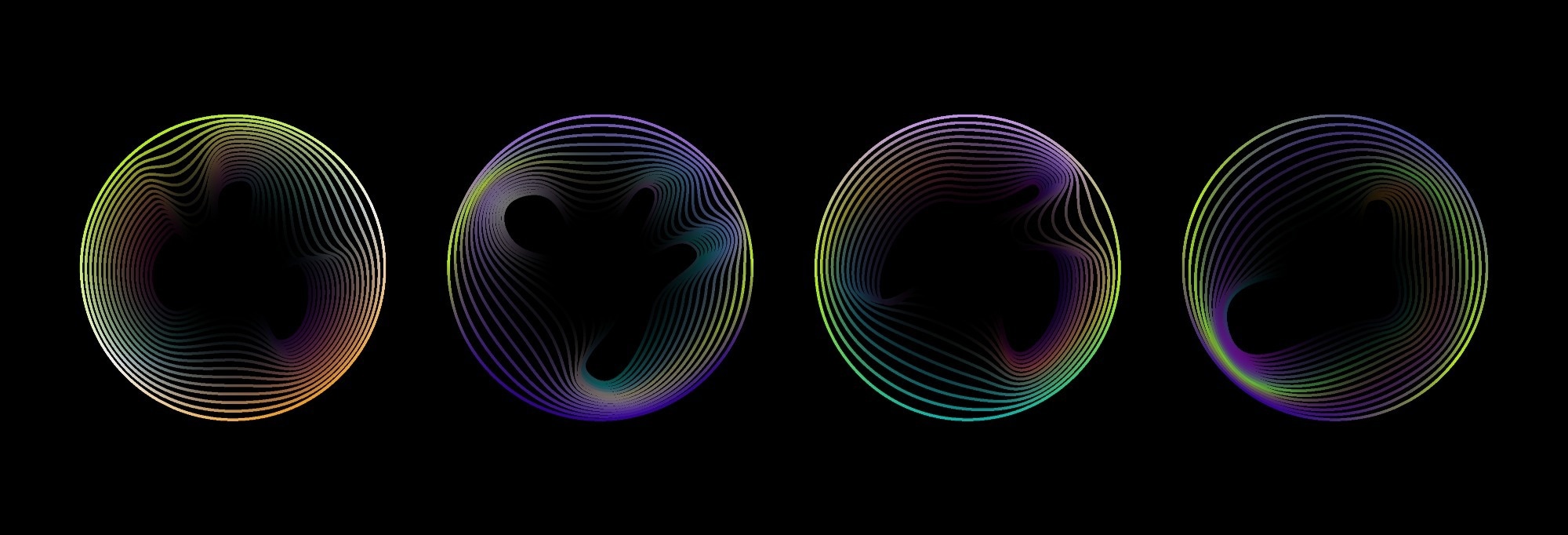Computational imaging has made significant advancements by employing advanced algorithms and specialized hardware to capture images surpassing traditional camera limitations. This article explores sparse holography, a computational imaging technique that converts 2D holograms into immersive 3D images, pushing the boundaries of visual representation and perception.

Image Credit: Arelix/Shutterstock.com
Photography has evolved with the emergence of computational imaging, combining optics and computing to extract and process data from light. This approach allows adjustments and enhancements after capturing an image, offering advantages over traditional photography.
One notable development in computational imaging is sparse holography, a technique pioneered by Professor David Brady.
Sparse Holography: A Revolutionary Technology for Creating 3D Images
Sparse holography is a novel imaging technique proposed by Professor David Brady from the University of Arizona to generate three-dimensional (3D) images from two-dimensional (2D) holograms. This technique uses computational imaging tools to measure a 2D hologram and uses those measurements to estimate 3D objects.
Unlike traditional photographs, the resulting image is not a flat representation but a true 3D representation of an object that can be examined through interactive software or transformed into a physical model using 3D printing technology.
How is Sparse Holography Different from Conventional Holography?
Holography is a lens-less imaging technique that creates unique photographic images called holograms. A hologram is a projected representation of a pre-recorded three-dimensional object, achieved through coherent light, like a laser beam.
The perception of the projected hologram varies based on the viewing angle, creating a similar experience to observing a physical object directly in front of you. However, according to Professor David Brady:
"Normally, when you look at a hologram, you can see the object as though it was there. But you can't really reconstruct it like it was a real three-dimensional object." Professor David Brady
Typical imaging systems and photographs capture images in two dimensions, which is inadequate for representing the depth and spatial characteristics of our three-dimensional world. This poses a challenge for conventional and digital holography in capturing and accurately portraying the true nature of objects in our environment.
Moreover, traditional holography involves recording the interference pattern between light and an object to create a hologram, which is then used to reconstruct a 3D image. However, its resolution is constrained by the size of the camera's aperture.
Sparse holography overcomes these shortcomings by employing advanced algorithms and specialized hardware to analyze and process a carefully selected subset of measurements sufficient to reconstruct the image. This allows for the generation of higher-resolution 3D images, surpassing the capabilities of conventional holography techniques.
Potential Applications of Sparse Holography
Sparse holography holds promise for various applications that require 3D imaging, particularly scenarios involving moving objects.
Traditionally, creating 3D images of dynamic subjects such as living organisms or tissue observed under a microscope has been challenging because the hologram records the interference patterns of light waves from the object at a single moment.
However, sparse holography overcomes this limitation by selecting a subset of measurements from multiple instances in time to estimate and reconstruct a moving object's 3D image. This enables the creation of accurate and dynamic 3D representations, such as a swimming fish, preserving its movements and spatial characteristics.
Sparse holography finds utility in measuring 3D scenes for applications like self-driving cars and video games. In addition, it has been successfully employed in real-world settings, including X-ray systems and different types of cameras, by Brady's research group.
The computational imaging tools used in sparse holography are continuously improving and becoming more user-friendly. These tools enable the capture of high-frame-rate and high-resolution images, pushing the boundaries of spatial, temporal, and dimensional resolution.
The Future of Sparse Holography
Sparse holography represents the future of efficient 3D imaging systems, which Professor Brady and his research group have been dedicated to for two decades.
The core research interest for my group is how to push optical measurements to the physical limits of what's possible.
Professor David Brady.
In their pursuit, Brady's team plans to employ holographic measurements with an array of cameras, allowing for an increased aperture size. By leveraging sparse holography, these cameras could capture minute details smaller than human hair across vast areas like a football field.
As the field of imaging evolves, with the rise of AI-generated images and manipulated deep fakes, Brady emphasizes that we are undergoing significant transformations in imaging systems. This recognition further underscores the potential future implications of sparse holography as it continues to advance and contribute to the ever-changing landscape of imaging technologies.
While artificial intelligence will change our interaction with data, the underlying story is the computational imaging is increasing our ability to see the world.
Professor David Brady.
References and Further Reading
Rajalakshmi, N. (2023). A New Method for Creating 3D Images. [Online]. The University of Arizona. Available from: https://news.arizona.edu/story/new-method-creating-3d-images (Accessed on 31 May 2023)
Savage, N. (2022). Next-Gen Imaging Takes Pictures that Speak a Million Pixels. [Online]. SPIE Digital Library. Available from: https://spie.org/news/photonics-focus/marapr-2022/next-gen-imaging-speaks-a-million-pixels?SSO=1 (Accessed on 31 May 2023)
Disclaimer: The views expressed here are those of the author expressed in their private capacity and do not necessarily represent the views of AZoM.com Limited T/A AZoNetwork the owner and operator of this website. This disclaimer forms part of the Terms and conditions of use of this website.